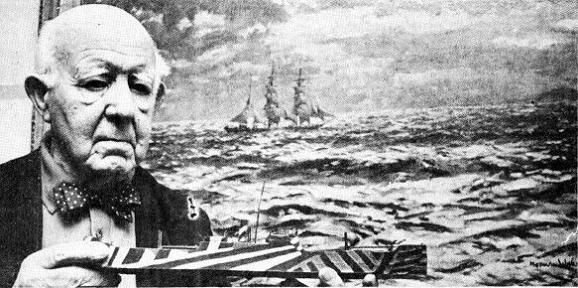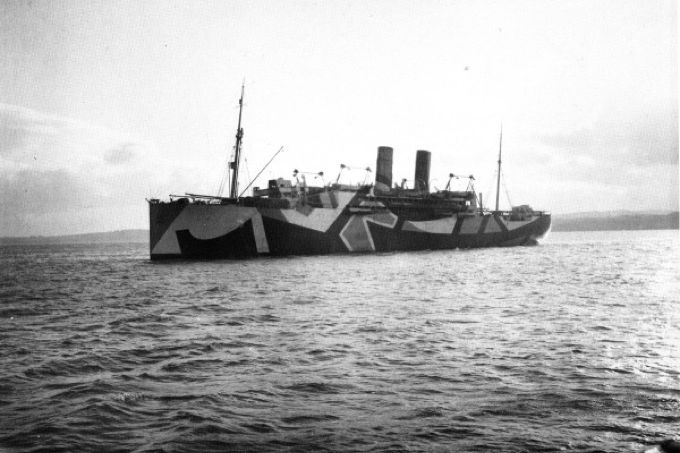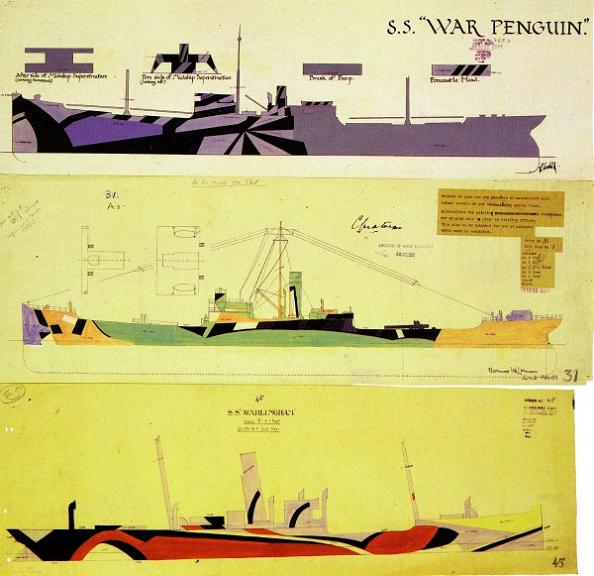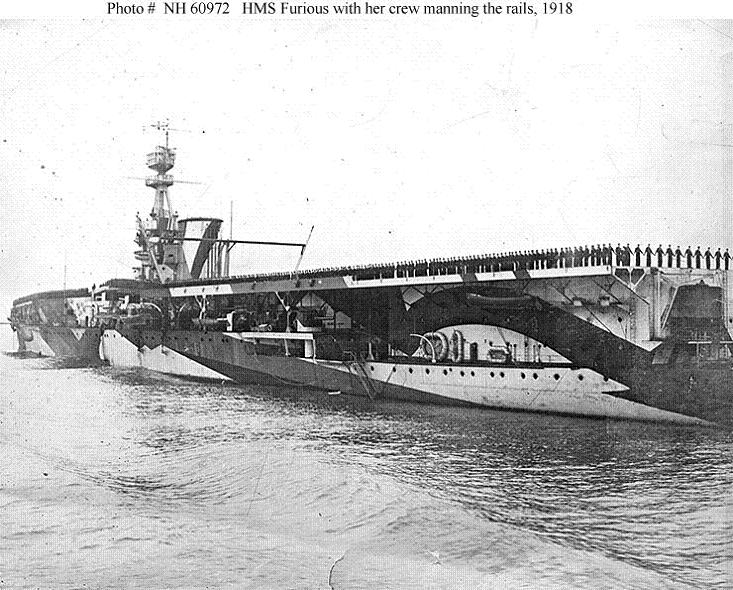When you are interested in design, technology, perception AND history? (As I am.) Sometimes a story comes along that feeds all 4 things.
This post, borrowed from Twisted Sifter does just this. And rather than blab on about why this is so damn cool, I’ll just let you check out an abridged version here and hopefully, marvel like we have at this ingeniuous and extremely cool graphic solve to a fatal problem of war.
For the full blog post with many more photographic examples, please visit Twisted Sifter or click on any image.
__________________________________________________________
You are the Fleet Admiral of the Navy in WWI what do you do?
THE SITUATION
You’re the Fleet Admiral of the Navy in World War I. Your ships are being sunk at an alarming rate by the devastatingly effective German U-Boat. The traditional camouflage isn’t working because your environment (sea and sky) changes with the weather. What do you do?
THE INSIGHT
World War I occurred from 1914–1918; back then sinking an enemy battleship was a three-step process:
Step 1: Locate your target’s position and plot its course.
Step 2: Determine the ship’s speed and confirm the direction it is heading
Step 3: Launch torpedo not directly at the ship, but where you think it’s going to be by the time the torpedo reaches the ship.
*Remember this is early 20th century warfare, weapons don’t travel at the speed they do today
So what’s your solution Fleet Admiral?
HIT THEM WITH THE RAZZLE DAZZLE
Forget about not being seen, that only solves their first problem. Focus on confusing them so they don’t know where you’re going. Then their torpedoes will be shot in vain because they thought you zigged when you really zagged.
British Artist and naval officer Norman Wilkinson had this very insight and pioneered the Dazzle Camouflage movement (known as Razzle Dazzle in the United States). Norman used bright, loud colours and contrasting diagonal stripes to make it incredibly difficult to gauge a ship’s size and direction.
It was cheap, effective, and widely-adopted during the War. Check out the incredible photographs below.
*NOTE: Unfortunately the images are in black and white, being from the early 1900s and all, so the loud, bold colours will require a little imagination. Can you picture a fleet of electric yellow, orange and purple ships coming to get ya!











